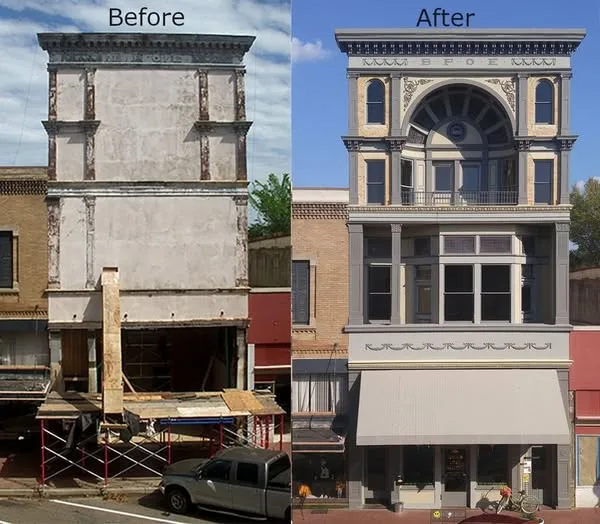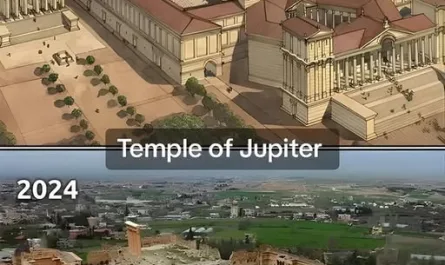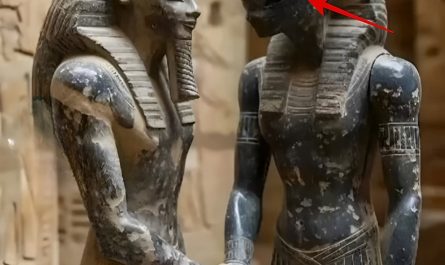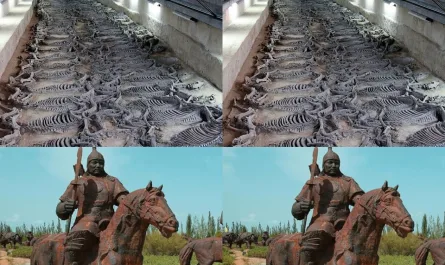In the heart of Marshall, Texas, stands the Elks Lodge Building, a historic gem built in 1912 that once served as a crown jewel of the city’s downtown. Designed by noted East Texas architect Cornelius Granville Lancaster, this architectural marvel fell into disrepair over decades, its stunning facade marred by modifications and neglect. But in 2013, a meticulous restoration brought it back to its former glory, earning accolades for its preservation. Now a celebrated landmark, the Elks Lodge Building tells a story of resilience, community, and architectural revival. In this blog post, we’ll explore its history, the challenges of its restoration, and its enduring significance.

A Historic Landmark: The Elks Lodge of 1912
The Elks Lodge Building, located at 212 N. Washington Ave., was commissioned by Lodge 683 of the Benevolent and Protective Order of Elks, a fraternal organization founded in Marshall in 1901. Designed by architect Cornelius Granville Lancaster, the building was envisioned as a centerpiece of the city’s shopping district. Completed around 1905–1912 (sources vary slightly on the exact date), it boasted a striking classical facade with unique features:
- Three-Story Design: The top floor featured a dramatic exedra (a semicircular recess) shading an outdoor terrace, expressing the lodge room within.
- Classical Elements: Cast-iron pilasters, fluted and plain, paired with pressed-metal cornices and an asymmetrical bay window on the second floor gave it a bold, eclectic style.
- Decorative Details: A wood and stained-glass clamshell capped the exedra, and a decorative grating above the entrance proudly displayed the word “Elks.”
The building served as the headquarters for Lodge 683 until the 1970s, hosting social events, community gatherings, and fraternal activities. Its ground floor housed commercial spaces, while the upper levels were dedicated to lodge functions, making it a vibrant hub in Marshall’s bustling downtown.
Decline and Neglect
By the 1970s, the Elks Lodge had relocated to 411 E. Austin St., and the original building was sold into private ownership. Over the decades, it suffered significant alterations:
- Facade Modifications: Much of the original ornamentation, including the iconic wood and stained-glass clamshell, was removed or covered.
- Structural Decay: Years of abandonment led to deterioration, with the once-grand facade falling into disrepair.
- Loss of Identity: The changes stripped away the building’s distinctive character, leaving it a shadow of its former self.
These modifications reflected a broader trend in mid-20th-century America, where historic buildings were often altered to suit modern tastes or left to decay as urban priorities shifted.
The 2013 Restoration: A Labor of Love
In 2013, the Elks Lodge Building underwent a transformative restoration led by Norman Alston Architects, a firm renowned for its preservation work across Texas. The project aimed to return the facade to its 1912 splendor, guided by historic photos and meticulous craftsmanship. Key aspects of the restoration included:
- Facade Reconstruction: Master carpenters painstakingly recreated missing elements, such as the wood and stained-glass clamshell that crowned the exedra, using archival images as a blueprint.
- Material Authenticity: Original materials like cast-iron pilasters and pressed-metal cornices were repaired or replicated to match the building’s classical aesthetic.
- Preservation Standards: The project adhered to strict preservation guidelines, ensuring historical accuracy while updating the structure for modern use.
The restoration was a resounding success, earning the 2013 Historic Restoration Award and the 2014 Preservation Texas Award. Today, the building stands as a testament to Marshall’s commitment to its heritage, its facade once again a striking feature of the downtown skyline.
Architectural and Cultural Significance
The Elks Lodge Building is more than a beautiful structure—it’s a window into early 20th-century Marshall. Its classical design, with elements like the exedra and cast-iron pilasters, reflects the architectural ambition of the time, blending grandeur with functionality. The building’s role as a social hub for Lodge 683 underscores the importance of fraternal organizations in fostering community ties during the era.
The restoration also highlights the broader movement to preserve America’s historic architecture. As noted on platforms like Architecture Hub and Saved Architecture, the project is celebrated as a success story, showcasing how dedication and craftsmanship can revive a neglected landmark. Its proximity to other historic sites, like the Marshall Masonic Lodge No. 22 (built c. 1915 in the Prairie Style), further enriches the city’s architectural tapestry.
Visiting the Elks Lodge Building
The Elks Lodge Building is a must-see for visitors to Marshall, Texas. Located at 212 N. Washington Ave., it’s easily accessible in the downtown area, across from the Weismann Center. While the building is not open for public tours, its exterior can be admired, and its story is featured in local historical narratives, including at the Harrison County Historical Museum nearby. Visitors can also explore other Marshall landmarks, such as the 1912 Harrison County Courthouse, to contextualize the city’s rich history.
For those interested in preservation, the building’s restoration is a case study in balancing historical fidelity with modern functionality. Its recognition by Preservation Texas underscores its importance to the state’s heritage.
Ethical Reflections on Preservation
Restoring a building like the Elks Lodge raises questions about how we honor the past while meeting present needs. The project respected the original design by Lancaster, ensuring that modern interventions didn’t overshadow the building’s historical character. However, such efforts require significant funding and community support, highlighting the challenges of preservation in small cities like Marshall. The success of this project demonstrates the value of investing in heritage, not just for aesthetics but for cultural identity and economic revitalization.
Conclusion
The Elks Lodge Building in Marshall, Texas, stands as a shining example of architectural resilience. Built in 1912, its once-ruined facade was lovingly restored in 2013, bringing back the grandeur envisioned by Cornelius Granville Lancaster. From its classical exedra to its cast-iron pilasters, the building embodies the spirit of early 20th-century Marshall while serving as a beacon of preservation today. Whether you’re a history buff, an architecture enthusiast, or simply passing through, the Elks Lodge invites you to pause and appreciate the power of restoration to breathe new life into the past.
If you’d like more details on the restoration process, other historic sites in Marshall, or recent discussions about the building on platforms like X, let me know, and I’ll dig deeper !





